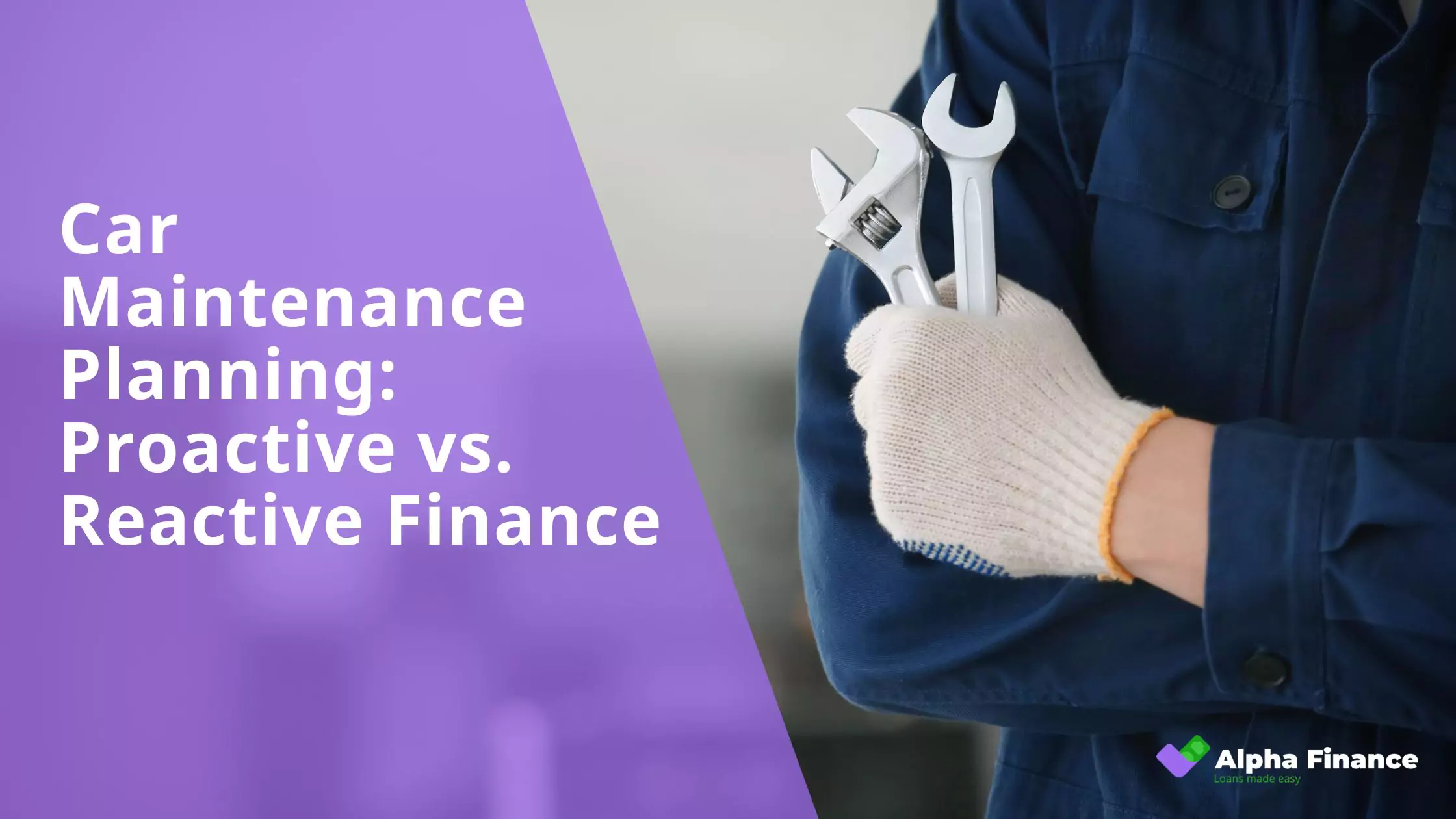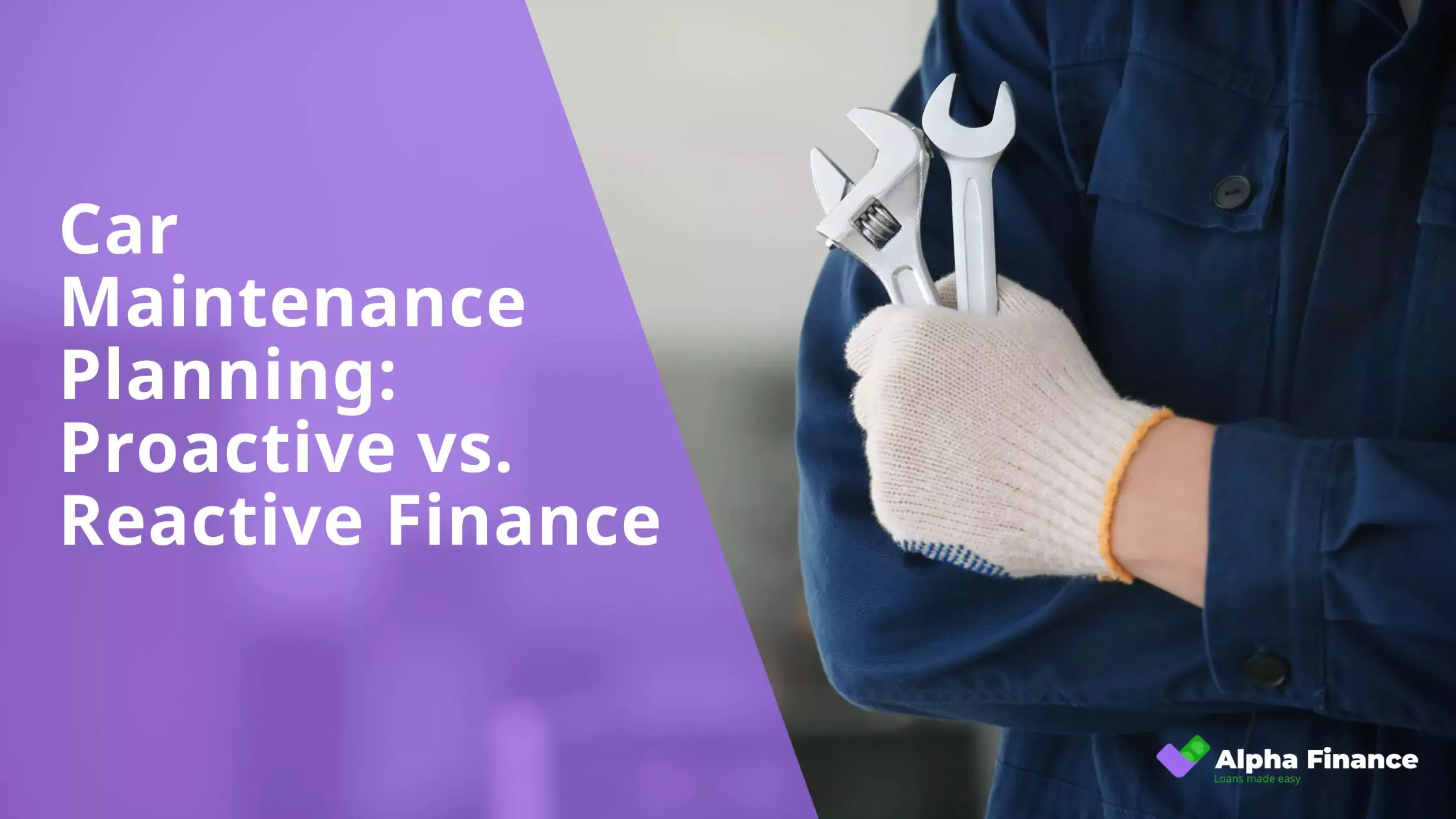The decision of how to finance a car – whether through savings, a loan, or a combination – is a pivotal chapter in your personal finance story. It’s not just about getting from point A to point B; it’s about understanding how this significant expense intertwines with your income, debts, savings, and long-term financial aspirations. Ignoring this connection can lead to unnecessary financial strain, while thoughtfully integrating car-related finances can pave the way for greater financial stability and peace of mind.
This comprehensive guide aims to equip you with the knowledge and tools to thoughtfully integrate car finance into your broader financial plan. We’ll explore everything from assessing your needs versus wants, evaluating your financial readiness, understanding car loan options, managing ongoing car expenses, and making informed decisions that support your long-term financial well-being.
Is Buying a Car a Good Investment? Understanding Depreciation
The Financial Reality of Vehicle Ownership
For most Aussies, the dream of owning a car is tied to freedom and convenience, not financial gain. Unlike assets like property or shares, cars are depreciating assets, meaning their value steadily declines from the moment you drive off the dealer’s lot. This depreciation is a silent but significant cost of ownership, influenced by factors like age, kilometres travelled, condition, and even market trends. Understanding this fundamental principle is the first step in making smart car-related financial decisions.
The financial impact of depreciation can be substantial. A new car can lose a significant chunk of its value within the first few years. This means that if you decide to sell or trade it in relatively quickly, you’ll likely get back far less than you originally paid. While certain classic or collectible cars might buck this trend and appreciate over time, these are exceptions requiring specialist knowledge. For the average car buyer, it’s more realistic to view a vehicle as a necessary expense rather than an investment opportunity.
Instead of chasing financial returns, the focus should be on making a sensible purchase that meets your needs and minimises the financial burden. This involves careful budgeting, considering factors like fuel efficiency and maintenance costs, and being aware of the typical depreciation rates for different models. By understanding that a car is a depreciating asset, you can approach the purchase with a more realistic financial perspective and prioritise value and affordability over the expectation of financial gain.
Car Loans vs. Investing: Balancing Debt and Asset Growth
Making Smart Choices with Your Money
For many Australians needing a car, a key financial decision is whether to take out a loan or use savings that could be invested. This boils down to balancing the cost of debt against the potential returns from asset growth. Opting for a car loan allows you to preserve your savings for investments like shares or property, which historically can offer returns that outpace loan interest rates. It also maintains your liquidity for emergencies and can help build your credit history through responsible repayments.
On the other hand, using savings to buy a car outright means avoiding interest charges altogether and reducing your monthly outgoings, leading to greater financial freedom. The “best” approach isn’t one-size-fits-all and depends on individual circumstances. Key factors to consider include:
- Interest Rates: Compare loan rates with potential investment returns.
- Investment Opportunities: High-potential investments might justify leveraging debt.
- Risk Tolerance: Investing carries risk; avoiding guaranteed interest costs might appeal to risk-averse individuals.
- Emergency Fund: Ensure you have a sufficient financial buffer regardless of your choice.
- Loan Terms: Shorter terms mean higher repayments but less interest paid.
A hybrid approach, using a significant deposit and a smaller loan, can also strike a balance. Ultimately, the decision should align with your overall financial strategy, weighing the cost of borrowing against the potential for your savings to grow.
Refinancing for Financial Flexibility: Reallocating Your Resources
Taking Control of Your Car Finances
As life and financial situations evolve, refinancing your car loan can be a smart move to gain greater financial flexibility and reallocate your resources more effectively. Refinancing involves taking out a new loan to pay off your existing one, potentially unlocking several benefits.
One key advantage is the possibility of securing a lower interest rate, especially if your credit score has improved or market rates have fallen since your original loan. This can lead to reduced monthly repayments and significant savings on total interest paid over the loan’s life. Alternatively, you might choose to refinance to a shorter loan term to pay off the car faster and become debt-free sooner, or to a longer term to ease monthly budget pressures (though this usually means paying more interest in the long run). Refinancing can also help consolidate debt or escape unfavourable loan features.
By potentially lowering your monthly car payments or reducing the overall cost of the loan, refinancing frees up funds that can be directed towards other financial priorities. This could include building your emergency fund, increasing your investment contributions, paying down other debts, or simply improving your monthly cash flow. Before refinancing, it’s crucial to compare offers from different lenders and be aware of any associated fees or potential penalties. Carefully considering the loan term and the long-term implications is also essential to ensure refinancing truly benefits your overall financial well-being.
How to Calculate the Total Cost of Car Ownership Over the Vehicle’s Lifespan
Seeing the Bigger Financial Picture
Understanding the true financial impact of owning a car requires looking beyond the initial purchase price and calculating the total cost of ownership over its lifespan. This comprehensive figure includes all the expenses you’ll incur, providing a more accurate picture for budgeting and comparison.
Key costs to factor into this calculation include:
- Initial Purchase Price (or Deposit)
- Loan Costs (Total Interest Paid, Fees)
- Running Costs:
- Fuel
- Insurance
- Registration & CTP
- Regular Maintenance
- Unexpected Repairs
- Tyres
- Other Potential Costs:
- Tolls
- Parking Fees
- Car Washes & Detailing
- Accessories
To calculate the total cost, estimate these expenses over the number of years you expect to own the vehicle. This figure is invaluable for budgeting, comparing different car models, negotiating purchase prices, and making informed long-term financial plans related to your transportation needs.
How to Use Car Purchasing as a Tool for Tax Advantages
Navigating the Tax Implications of Vehicle Ownership
In Australia, using a car purchase for direct personal tax advantages is generally limited. However, for businesses and individuals using their car for work, there are ways to leverage car expenses for tax deductions. The most common scenarios involve claiming car expenses for business use through either the cents per kilometre method or the more detailed logbook method.
The logbook method allows you to claim a portion of all car expenses, including depreciation, based on the percentage of business use documented in a 12-week logbook. For businesses registered for GST, GST credits on the purchase price and running costs may also be claimable. Additionally, employees might explore novated leases as part of a salary packaging arrangement, potentially reducing taxable income.
It’s crucial to remember that strict record-keeping is essential for all tax-related car claims, and deductions are generally only applicable for genuine business use. Tax laws can be complex and change, so consulting with a registered tax agent or the ATO is always recommended to ensure compliance and maximise any eligible tax benefits related to your vehicle.
The Long-Term Financial Implications of Different Car Loan Terms
Understanding the Debt Landscape
The term of your car loan – the repayment period – carries significant long-term financial implications that go beyond just the size of your monthly repayments. Choosing between a shorter or longer loan term can impact the total interest you pay, the speed at which you build equity, and your overall financial flexibility.
Shorter loan terms (e.g., 3-5 years) typically mean higher monthly repayments but result in paying significantly less interest over the life of the loan. You’ll also build equity in your car faster and become debt-free sooner, freeing up your budget for other financial goals. While requiring a stronger immediate cash flow, shorter terms can lead to substantial long-term savings on interest.
Longer loan terms (e.g., 6-7+ years) offer the appeal of lower monthly repayments, making the car seem more affordable initially. However, this comes at the cost of paying considerably more interest over the extended loan period. You’ll also build equity more slowly and remain in debt for a longer time, potentially limiting your ability to take on other financial commitments. While easing short-term budget constraints, longer loan terms can significantly increase the overall cost of car ownership.
Building Wealth While Owning a Car: Practical Financial Strategies
Smart Car Ownership for a Secure Future
While a car is typically a depreciating asset, it doesn’t mean it has to derail your wealth-building journey. By adopting practical financial strategies, you can own a car responsibly while still progressing towards your long-term financial goals.
One key strategy is to budget diligently for all car-related expenses, including repayments, fuel, insurance, maintenance, and potential repairs. Tracking these costs helps you stay in control and identify areas for potential savings. Another crucial step is to avoid overspending on the initial purchase. Opting for a reliable and fuel-efficient vehicle that meets your needs, rather than succumbing to unnecessary upgrades, can save you significant money in the long run. Consider a used car, which avoids the steepest initial depreciation hit.
Furthermore, prioritising a shorter loan term (if financing) will minimise the amount of interest you pay. Regularly reviewing your car insurance to ensure you have the best coverage at a competitive price is also essential. Finally, view your car as a tool, not a status symbol, and aim to keep it for a reasonable period to maximise its utility and minimise the frequency of incurring new car debt and the associated depreciation costs. By implementing these strategies, you can integrate car ownership into your financial plan without hindering your wealth-building efforts.
Conclusion
Remember that car finance is not an isolated transaction but an integral component of your comprehensive financial plan. By thoughtfully considering the insights from each of these articles, you can make informed decisions that support your financial stability and help you achieve your overarching financial aspirations. For personalized guidance tailored to your unique circumstances, consider seeking advice from a qualified financial planner.
Car Loans: Get Behind the Wheel Sooner
If you’ve thoughtfully assessed your financial landscape and determined that acquiring a car aligns with your current priorities and long-term plan, exploring car loan options can help you achieve your transportation needs sooner. Understanding the various loan structures and finding a financing solution that fits comfortably within your budget is key to responsible ownership. Alpha Finance offers a range of car loan options designed to provide flexible and competitive pathways to getting behind the wheel. Explore Alpha Finance’s car loan solutions and take a confident step towards your driving needs today.




